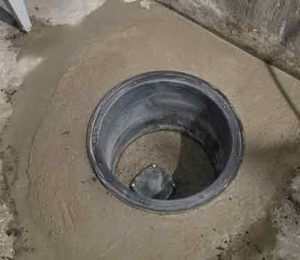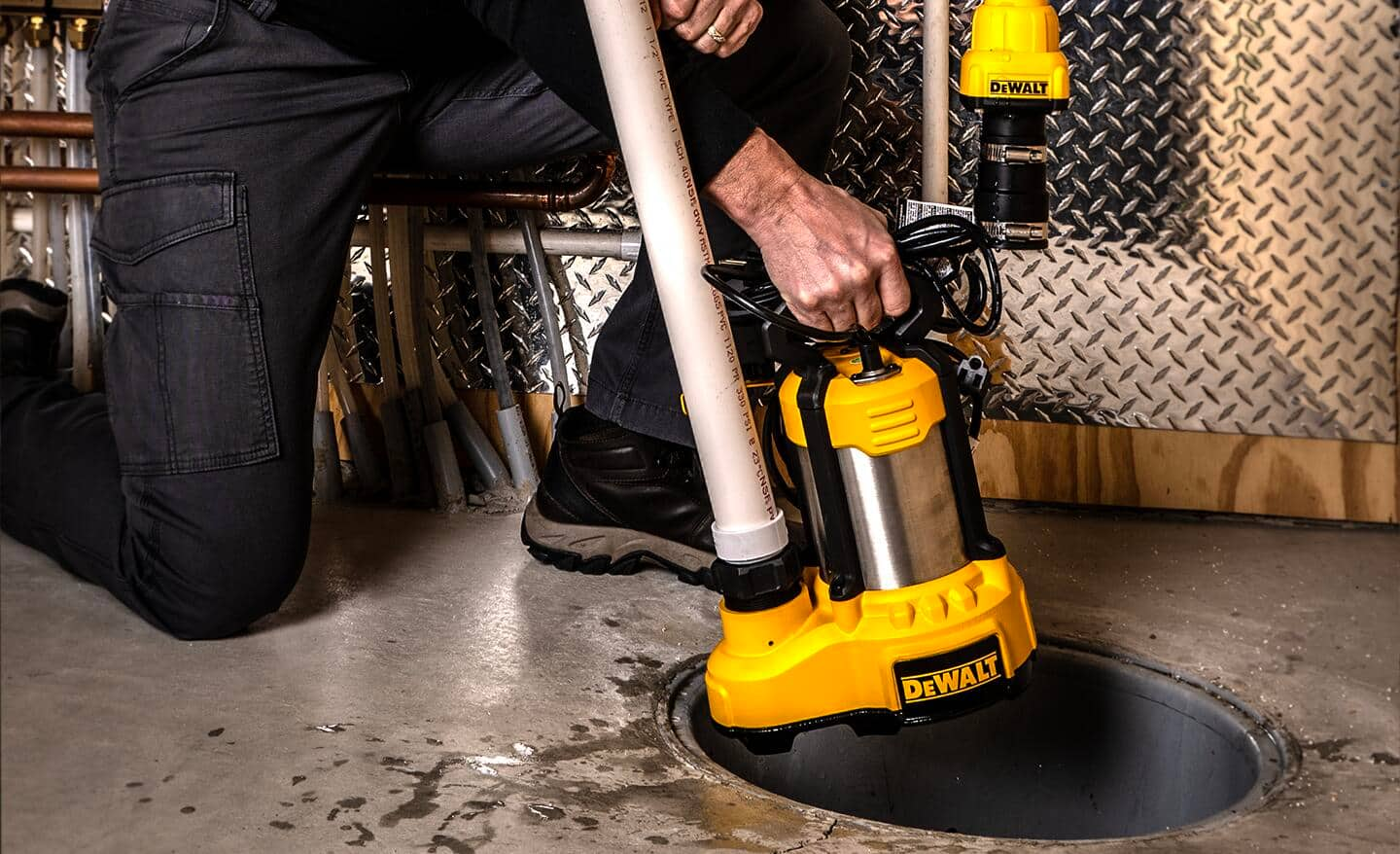Were you on the lookout for know-how involving How to Care for Your Sump Pump?

Sump pumps are important elements in several homes, particularly in areas vulnerable to flooding or too much dampness. They help avoid water damages by efficiently removing excess water from cellars or crawl spaces. Nevertheless, like any other device, sump pumps call for normal maintenance to guarantee they work successfully when required the most. Cleansing your sump pump is a vital part of its maintenance, and comprehending how to do it correctly can conserve you from costly repair work and possible disasters.
Intro
Maintaining a clean sump pump is vital for its correct performance and durability. Neglecting this essential job can result in blockages, breakdowns, and inevitably, water damages to your residential or commercial property. Consequently, learning just how to cleanse a sump pump is essential for house owners who count on these devices to keep their cellars dry and protected.
Recognizing the Sump Pump
Before diving into the cleansing procedure, it's necessary to have a fundamental understanding of exactly how a sump pump works. Typically set up in a pit or container below the cellar flooring, a sump pump includes numerous essential components, including a pump, a float switch, and a discharge pipeline. When water gathers in the pit, the float switch triggers the pump, which then pumps the water out through the discharge pipe, far from the building's structure.
Indicators of a Dirty Sump Pump
Understanding when your sump pump requires cleansing is essential for preventing potential malfunctions. Some common indicators that suggest an unclean sump pump include strange sounds throughout operation, lowered water flow, and visible debris in the pit. If you notice any one of these signs and symptoms, it's essential to clean your sump pump promptly to avoid any type of additional issues.
Preparing for Cleansing
Before you begin cleaning your sump pump, it's essential to take some security preventative measures. Beginning by shutting down the power to the pump to avoid any type of electrical accidents. Furthermore, use suitable safety equipment, such as gloves and goggles, to shield on your own from dust, debris, and potential virus.
Step-by-step Guide to Cleaning Up a Sump Pump
Shutting down the Power
Begin by detaching the power supply to the sump pump to prevent any kind of mishaps while cleaning.
Removing Debris and Dust
Use a container or a scoop to remove any type of noticeable particles, dust, or sediment from the sump pit. Dispose of the particles effectively to prevent it from blocking the pump or the discharge pipe.
Cleansing the Pump and Float Switch Over
Once the pit is free from particles, thoroughly eliminate the pump from the pit. Check the pump and the float button for any type of signs of damages or wear. Make use of a soft brush or fabric to clean the surfaces and get rid of any gathered crud.
Flushing the System
After cleaning up the pump and float switch, purge the sump pit with tidy water to get rid of any type of remaining dirt or debris. This will assist ensure that the pump operates efficiently and successfully.
Looking For Appropriate Performance
Before re-installing the pump, carry out a fast examination to make certain that the float button turns on the pump appropriately. Put some water into the sump pit and observe the pump's operation. If everything is working properly, you can reassemble the pump and reconnect the power supply.
Maintenance Tips to Keep Your Sump Pump Clean
Along with regular cleansing, there are several upkeep pointers you can follow to keep your sump pump in optimal problem:
Conclusion
Cleaning your sump pump is an essential element of its maintenance and ensures that it operates successfully when you need it one of the most. By adhering to the actions detailed in this guide and including regular maintenance into your regimen, you can prolong the life expectancy of your sump pump and safeguard your home from water damage.
6 STEPS ON HOW TO CLEAN A SUMP PUMP PROPERLY
UNDERSTANDING SUMP PUMPS
Your sump pump plays a crucial role in protecting your home by managing and removing excess water. It primarily functions as a “shield”, guarding your basement against the damaging effects of water accumulation. The pump is housed in a sump pit in the lowest part of your basement, and its job is to pump out any water that collects there.
During heavy rainfalls or when snow melts rapidly, water can infiltrate your basement, posing potential risks like flooding, structural damage, and harmful mold growth. Here, the sump pump springs into action, pumping out the intruding water and directing it away from your home.
SAFETY FIRST
Before cleaning, remember to prioritize safety. Disconnect the sump pump from the power source to prevent any accidental electric shocks. Also, wear sturdy gloves to protect your hands from any sharp or dirty components within the pump.
REMOVE THE SUMP PUMP
After ensuring your safety, the next step is to remove the sump pump from its pit. Doing this might require careful maneuvering as you don’t want to damage any pump components. Once removed, clean the sump pit to remove any accumulated debris or sludge.
INSPECT THE PUMP
Inspect the pump for any visible signs of wear or damage. Check the power cord, float switch, and impeller housing. If any components look worn out or damaged, consider replacing them to ensure optimal performance.
CLEAN THE PUMP
Thoroughly clean the pump with warm, soapy water. Make sure to rid it of any dirt, gravel, or other debris that might impede its performance. You can use a toothbrush to clean the small, hard-to-reach parts of the pump.
REINSTALL THE SUMP PUMP
Reinstall the pump into the sump pit Make sure it’s positioned correctly to remove the water effectively Once it’s back in place, reconnect it to the power source TEST THE PUMP
Finally, pour some water into the pit to ensure the pump works correctly. It should start automatically and begin pumping out the water; if it doesn’t, check the power source and the positioning of the pump.
Remember, while cleaning your sump pump is an essential part of home maintenance, hiring a professional plumber for a thorough inspection and cleaning at least once a year is also important. This will ensure that your pump is in optimal condition, ready to protect your home from potential water damage.
BEST PRACTICES FOR CLEANING SUMP PUMP DISCHARGE PIPES
Regular Inspection: Regularly inspect your discharge pipes, especially during heavy rainfall or snowmelt periods. Look for any signs of blockage or damage. Early detection of problems can prevent serious issues down the line. Periodic Cleaning: Over time, sediment and debris can accumulate in the discharge pipes, impeding the flow of water. Regular cleaning helps keep the pipes clear and functioning efficiently. You can use a high-pressure water jet to effectively clean the pipes. Insulation During Winter: In colder climates, discharge pipes can freeze, blocking the outflow of water. Protect your discharge pipes from freezing temperatures by insulating them with foam pipe insulation. This will ensure the sump pump can continue to discharge water even in freezing conditions. Proper Positioning: The discharge pipe should be positioned to direct water away from your home’s foundation. Improper positioning can lead to water seeping back into the basement. Ensure the pipe is long enough and angled correctly. Installation of a Check Valve: A check valve prevents water from flowing back into your sump pit after the pump has pushed it out. Installing a check valve helps maintain the efficiency of your sump pump and reduces the risk of flooding. Minimize Pipe Turns: Every curve or turn in the discharge pipe can decrease the efficiency of water flow. By minimizing turns and bends in your discharge pipe, you can increase the efficiency of your sump pump. https://www.fullspeedplumbing.com/how-to-clean-a-sump-pump-properly9999/

I recently found that page on Keep Your Sump Pump Clean, It'll Keep You Dry while doing a search on the search engines. Do you know about someone else who is in to the niche? Take a moment to promote it. Thanks for your time. Kindly check our website back soon.
Click Here